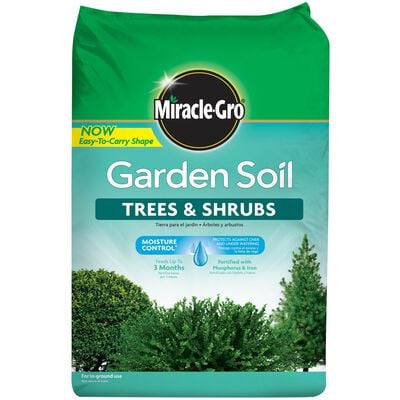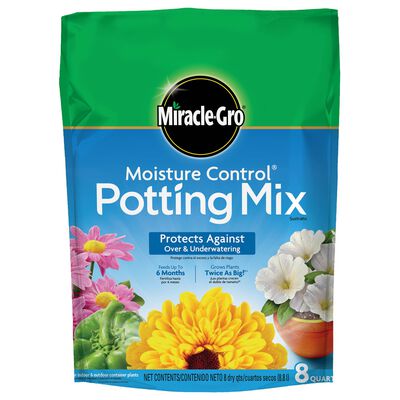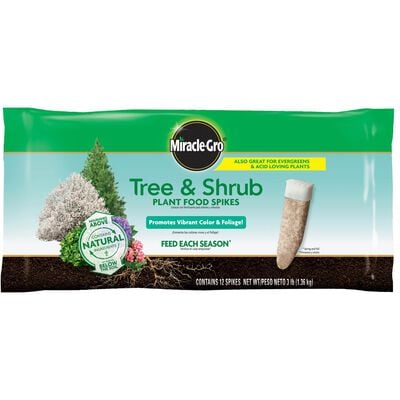
How to Select Trees & Shrubs to Grow
Choose the right trees, shrubs and ornamentals for your location and conditions
Trees to Enhance Your Home and Garden
Trees and shrubs can solve many landscaping issues and enhance your home and garden, creating a sense of order and beauty that will last for decades. Frame your home with a variety of foundation plantings--plants running the border of your house--or use trees and shrubs to highlight a driveway or entrance. Armed with some knowledge about the benefits of various tree and shrub varieties, you'll be ready to select your plants and get planting.
Selecting Trees & Shrubs
Once planted, trees and shrubs will be around for decades, so head to the store with a plan. As a general rule, choose plants with healthy, vigorous top-growth that have a good root system with no signs of disease, pests or damage. Consider ones that grow well in your climate, are appropriate for your space and complement your landscape design.
Use dwarf varieties of evergreens for great foundation plantings. Try pyramidal yews or junipers to provide strong vertical forms at the front of a house or on either side of an entrance. If you're looking for trees to shield your home from cold and wind, large conifers planted on the west or north sides of open space can help reduce wind and heating costs. Add more color to your property by planting broadleaf evergreens such as holly, azaleas and rhododendrons, which produce flowers and sometimes berries and maintain their leaves throughout winter.
Choose Variety over Uniformity
Instead of planting a hedge of just one type of bush, consider a variety of dwarf evergreens in various heights, colors, shapes and textures. This will create an interesting backdrop for your seasonal flowers and an appealing look that will carry into winter.
Plan Enough Room
Give the trees and shrubs you plant plenty of room to grow. Keep in mind that fully grown trees planted too close to your home may interfere with the foundation or wiring of your house and drop leaves into your gutter. For smaller trees reaching a height of 30 feet or less, such as dogwoods and flowering plums, provide 6 to 15 feet of space between each sapling, and at least 8 feet between the tree and any buildings. For trees 30 feet higher and above, such as aspens, oaks and pines, provide at least 30 feet between each sapling and at least 15 feet between the tree and any buildings.


